One of the reasons why we’re recommended to eat a ‘rainbow diet’ is that fruits, vegetables, herbs and spices that are brightly coloured also tend to be rich in polyphenols – which bring many health benefits.
Sometimes, the colouring itself is the polyphenol. For example, curcumin – the key polyphenol in turmeric – is also the spice’s beautiful yellow pigment.
One of the most important benefits of polyphenols is their antioxidant capacity. But why is that helpful, and how is it connected to ‘oxidative stress’ and ‘free radicals’? Let’s untangle the jargon.
What are polyphenols?
Polyphenols is the name given to a wide range of bioactive compounds found in plants. There are thousands of different kinds of polyphenols, classified into major groups based on their chemical structures. They play a role in everything from plant health to pigmentation, reproduction and defence against predators.
These natural compounds are very much present in our diet through food sources such as vegetables, fruits, spices and herbs, and even coffee, tea, wine and chocolate 1 .

Unlike vitamins or minerals, there are no established guidelines on the amount of polyphenols we should eat every day to stay healthy. But multiple studies show that people who have diets rich in polyphenols are less likely to suffer from cardiovascular problems, among others 2 .
Researchers have recently begun to uncover the mechanism of action behind the health benefits that polyphenols bring us through our food.
For this guide, we’ll focus on the most studied benefit: their antioxidant capacity, which can help prevent serious, long-term health conditions by stopping oxidative stress caused by free radicals.
What is a free radical and where does it come from?
A free radical is a molecule that is unstable because it carries an unpaired electron in its outer shell or, in simpler terms, is unbalanced. An unstable molecule is very reactive, and it will try its best to become stable again. For most free radicals, the simplest and quickest way to become stable is by ‘stealing’ an electron from the closest stable molecule it can find.
Free radicals are made in our bodies just as a natural by-product of living our lives. Just breathing oxygen to make energy in our mitochondria – the powerhouse of the body’s cells – produces free radicals.
They’re also derived from natural sources outside the body, including X-rays from space, radiation, and the UV light in sunlight.
But pollution and lifestyle factors can also increase the level of free radicals in our bodies, plus exposure to pesticides or industrial solvents, cancer medications, alcohol, smoking and a poor diet, such as deep-fried foods 3 .
Are free radicals all bad?
Our bodies have evolved to live with free radicals, and we have many mechanisms to deal with them, generally known as antioxidants.
But free radicals are also very useful for our bodies to maintain their regular functioning 4 . They’re involved in blood vessel regulation, cellular communication, and can even be used by the immune system to kill pathogens.
But too much of a good thing is also a bad thing. As we get older, we start to accumulate a build-up of free radicals in our bodies, simply because we've been living for longer. If we have too many free radicals, the balancing system doesn’t work anymore and we can find ourselves in a state of oxidative stress.
What is oxidative stress?
Oxidative stress happens when we have more unstable free radicals in our bodies than we have antioxidants that can stabilise them.
This imbalance allows free radicals to attack healthy cells, leaving them damaged and less efficient.
In the short term, oxidative stress can leave us feeling fatigued. Over time, it can lead to cell death and serious health conditions, including cancer, cardiovascular disease, chronic inflammation and other degenerative diseases 5 .
How does oxidative stress affect our bodies?
A high level of free radicals can overwhelm the balancing ability of the antioxidant systems in the body. This imbalance allows free radicals to look for other molecules from which to ‘steal’ electrons in order to become stable. This ‘stealing’ of electrons is commonly known as oxidation.
Some of these molecules will be important biological components such as lipids, proteins or DNA 6 .
- Lipids (or fats) form the main part of the cell membrane, the essential barrier that keeps our cells intact and functioning. Oxidation of lipids in the membrane can make them weaker.
- Proteins do many jobs inside the cell. Oxidation can affect protein function and cause them to malfunction or stop working altogether. Increased protein oxidation is observed in some pathological conditions such as atherosclerosis.
- DNA oxidation can result in DNA damage which can cause long-term health problems such as cancer.
Of course, all of this doesn’t happen overnight, and every cell will go through periods of oxidative stress naturally. But if oxidative stress becomes a permanent feature of our lives, it can lead to long-term health issues.
What are antioxidants and how do they stop oxidative stress?
Antioxidants are stable molecules that have enough electrons to give one away to a free radical without becoming unstable themselves.
Our bodies have some built-in antioxidant mechanisms, both as simple single molecules and more complex reactions. We naturally produce some molecules with antioxidant capacity, like glutathione, co-enzyme Q10, lipoic acid or carnitine.
But these aren’t enough on their own and what we eat is key to topping up on antioxidant molecules, including from polyphenol-rich fruits, vegetables, herbs and spices.
Fresh, uncooked fruits are a rich source of antioxidant polyphenols like anthocyanins, resveratrol, and quercetin. Vitamins C, A and E are also antioxidants. Vegetables can also be a rich source of other powerful antioxidant molecules, including beta carotene in carrots, sulforaphane in broccoli and cabbages, and lycopene in tomatoes
Nuts, seeds, beans and legumes are also a good sources of polyphenols, such as the isoflavones in soybeans and chickpeas. Tea, cocoa and spices are very rich in flavanoids and catechins, and cocoa is rich in flavanols.
What happens to our levels of antioxidants and free radicals as we get older?
As we age, our bodies’ natural antioxidant abilities diminish, with fewer on hand to cope with the ever-increasing build-up of free radicals.
That’s why topping up our bodies with nutritional sources of antioxidants becomes more and more important to our health as we get older.
References
1. Fraga CG, Croft KD, Kennedy DO, Tomás-Barberán FA [The effects of polyphenols and other bioactives on human health.](https://pubmed.ncbi.nlm.nih.gov/30746536/) Food Funct. 2019;10(2):514-528.
2. Hooper L, Kroon PA, Rimm EB, et al [Flavonoids, flavonoid-rich foods, and cardiovascular risk: a meta-analysis of randomized controlled trials.](https://pubmed.ncbi.nlm.nih.gov/18614722/) Am J Clin Nutr. 2008;88(1):38-50.
3. Behl T, Bungau S, Kumar K, et al. [Pleotropic Effects of Polyphenols in Cardiovascular System.](https://pubmed.ncbi.nlm.nih.gov/34321158/) Biomed Pharmacother. 2020;130:110714.
4. Cardona F, Andrés-Lacueva C, Tulipani S, Tinahones FJ, Queipo-Ortuño MI. [Benefits of polyphenols on gut microbiota and implications in human health.](https://pubmed.ncbi.nlm.nih.gov/23849454/) J Nutr Biochem. 2013;24(8):1415-1422.
5. Lobo V, Patil A, Phatak A, Chandra N. [Free radicals, antioxidants and functional foods: Impact on human health.](https://pubmed.ncbi.nlm.nih.gov/22228951/) Pharmacogn Rev. 2010;4(8):118-126.
6. Phaniendra A, Jestadi DB, Periyasamy L [Free radicals: properties, sources, targets, and their implication in various diseases.](https://pubmed.ncbi.nlm.nih.gov/25646037/) Indian J Clin Biochem. 2015;30(1):11-26.
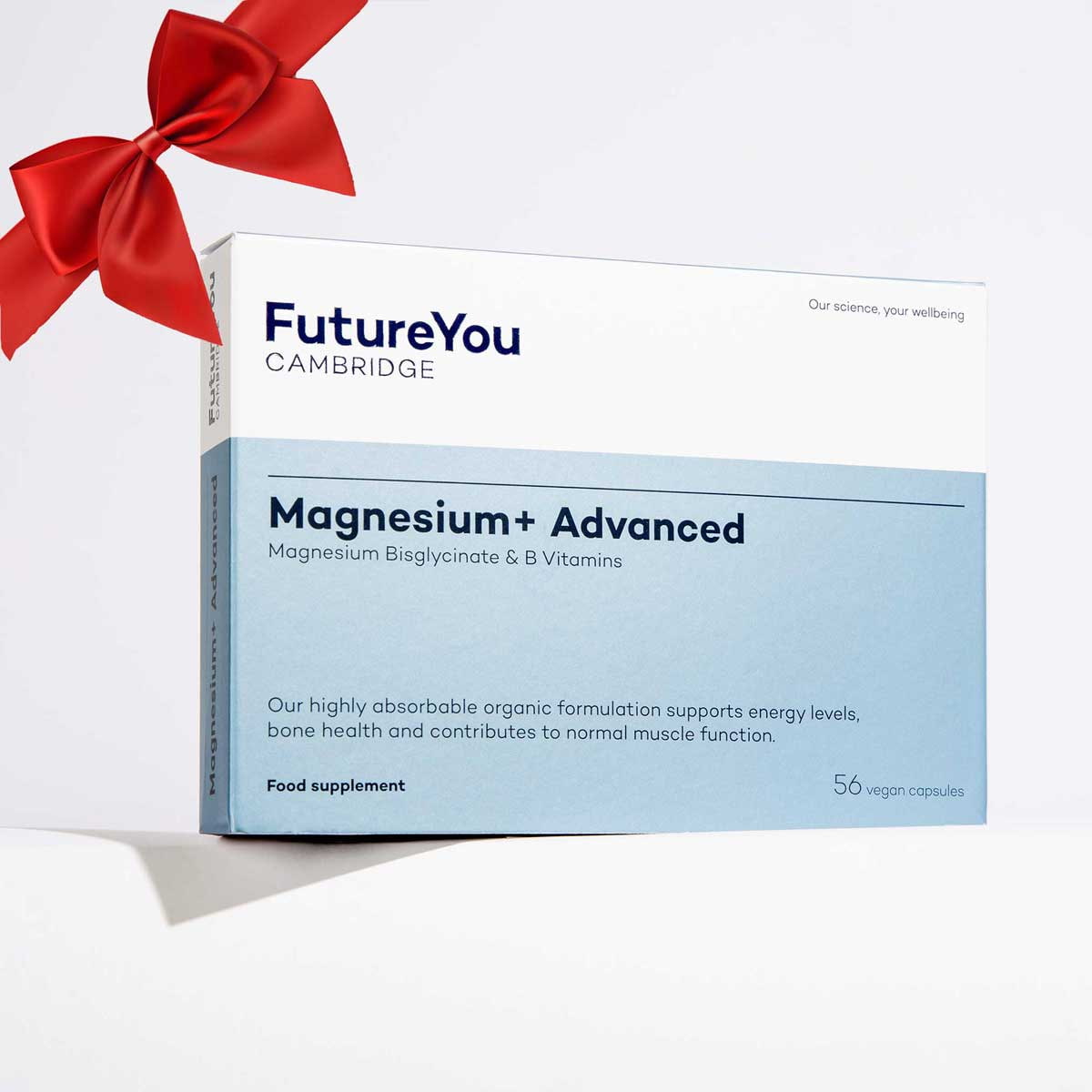
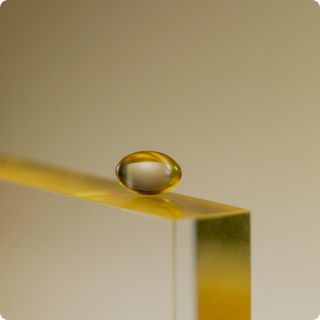
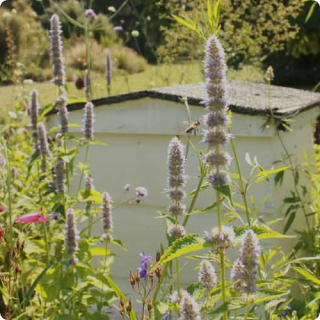
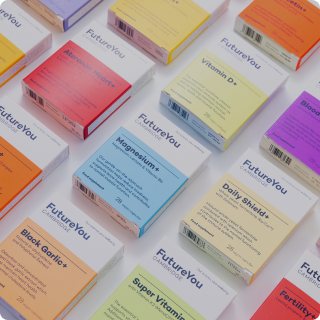
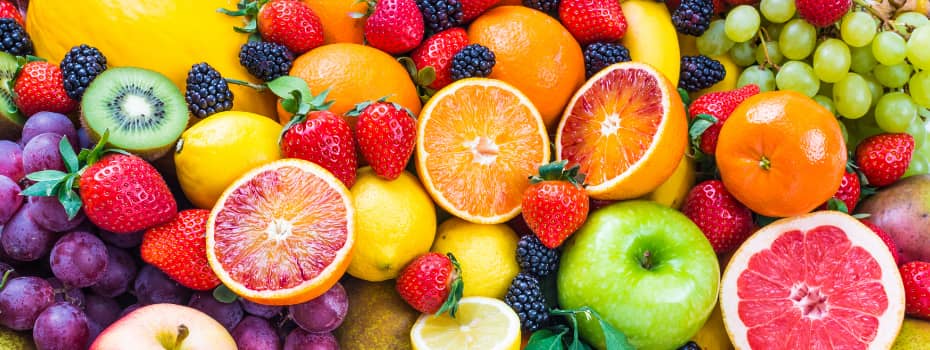

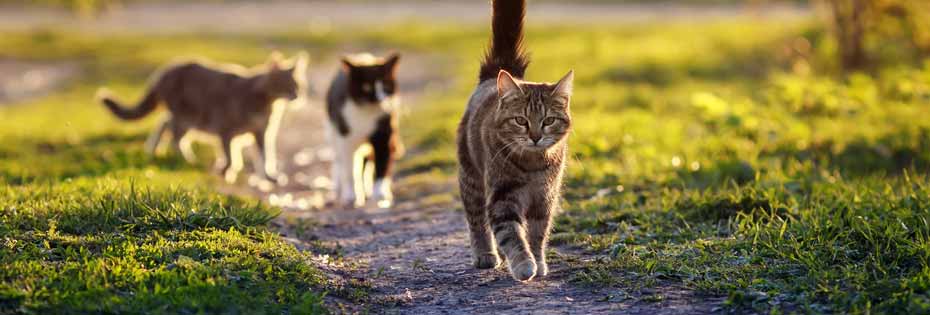

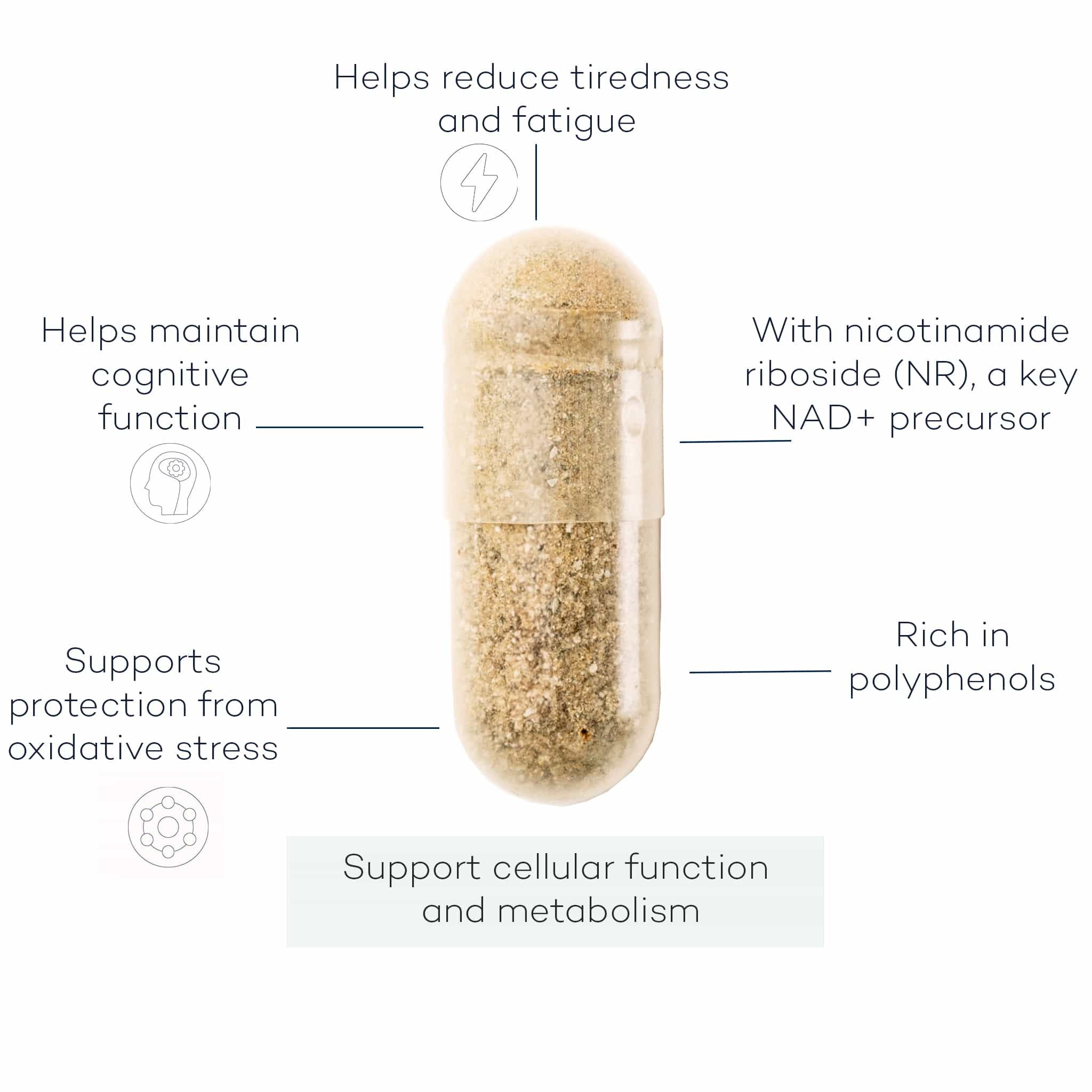
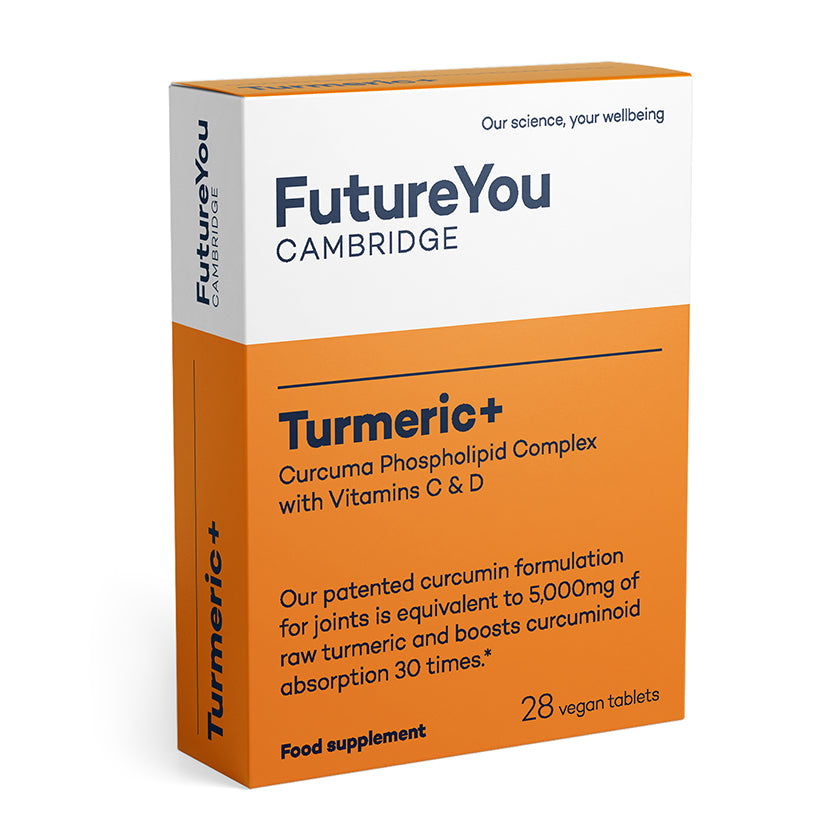
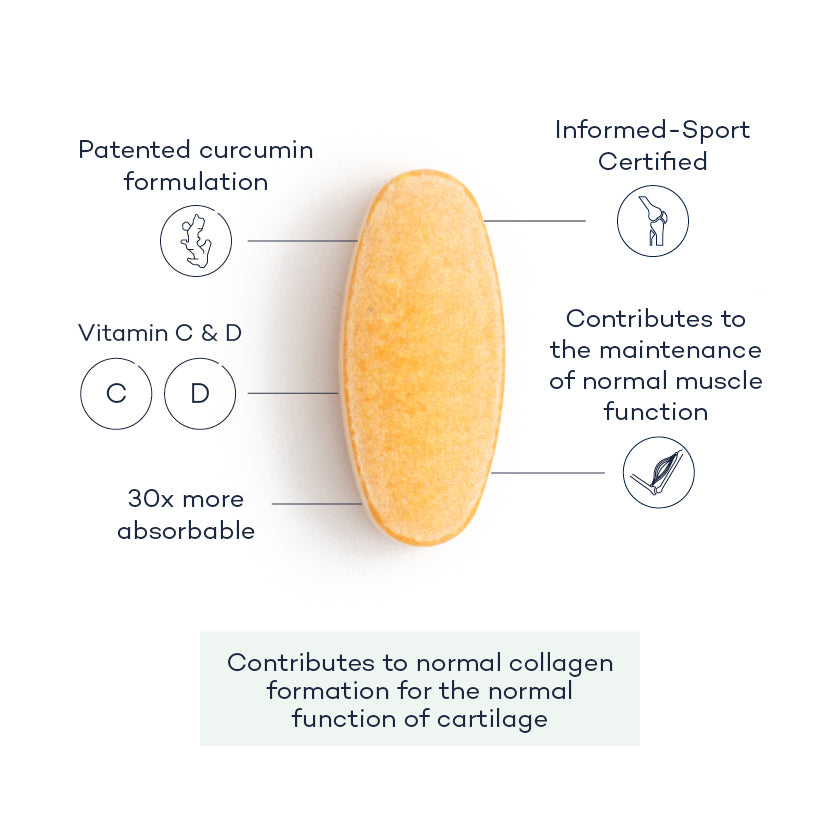
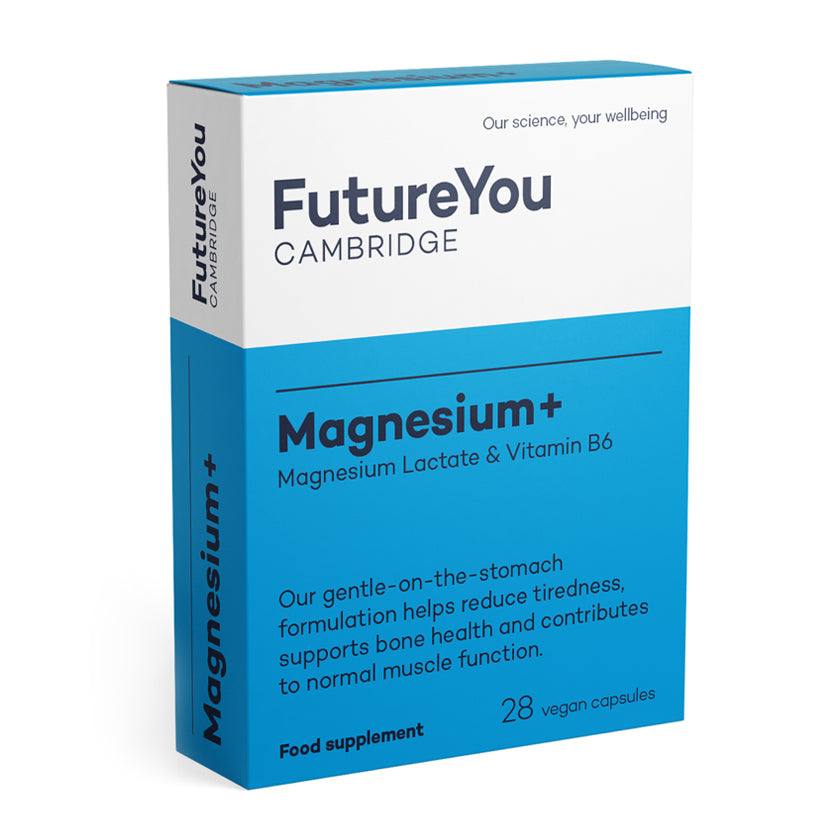
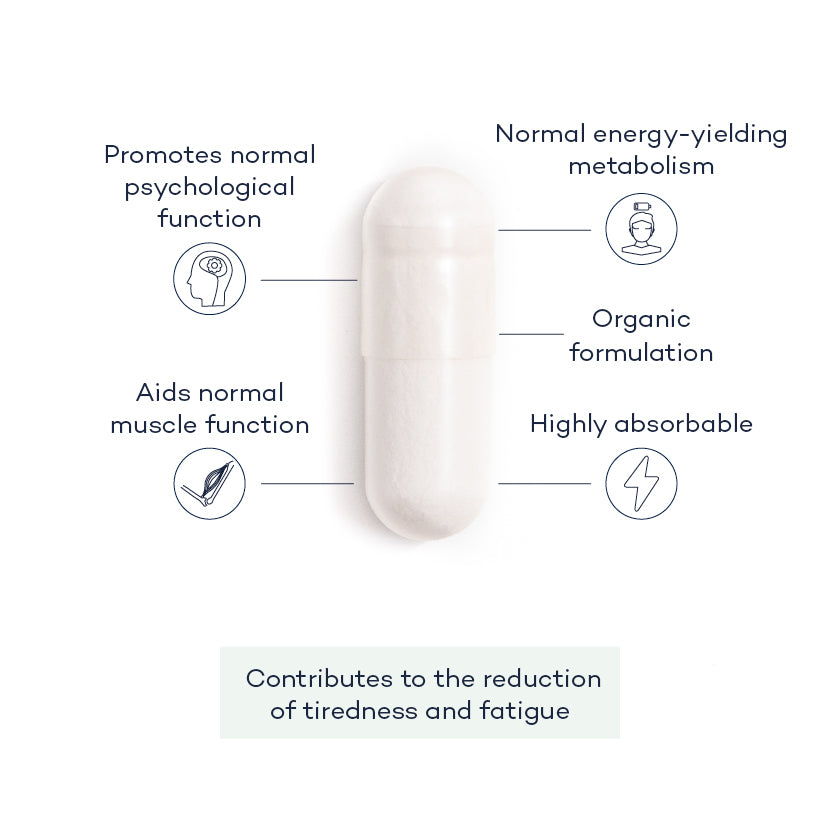
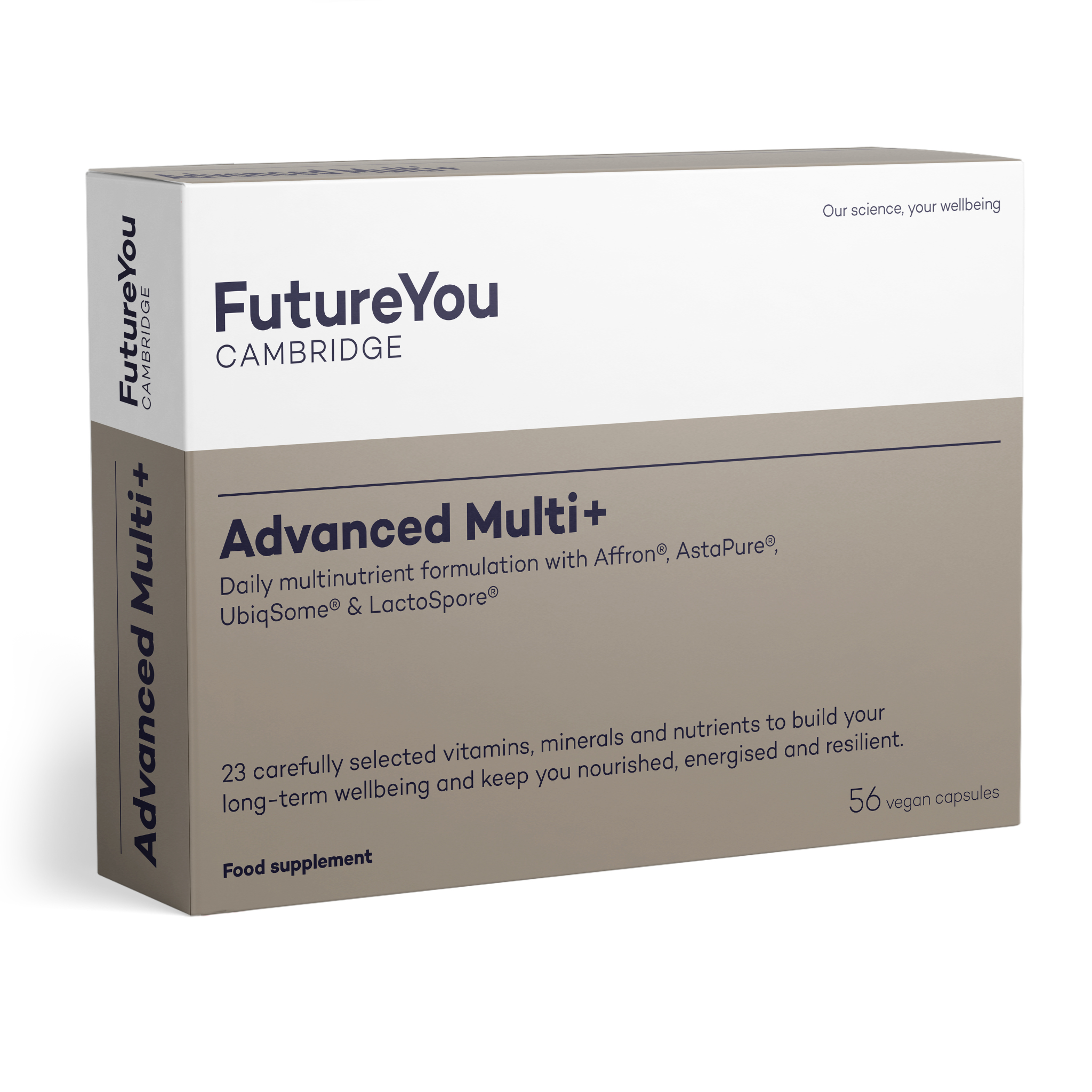
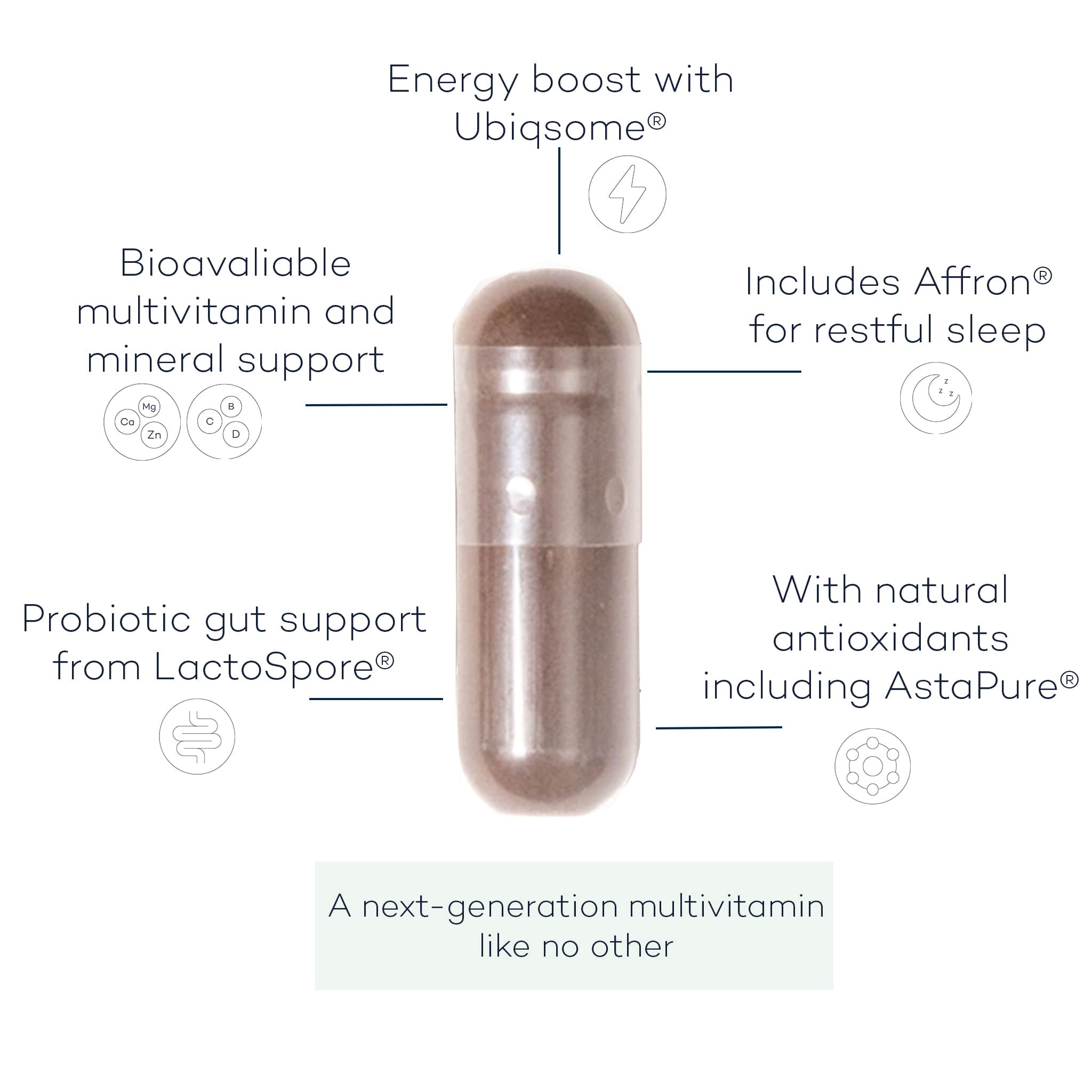
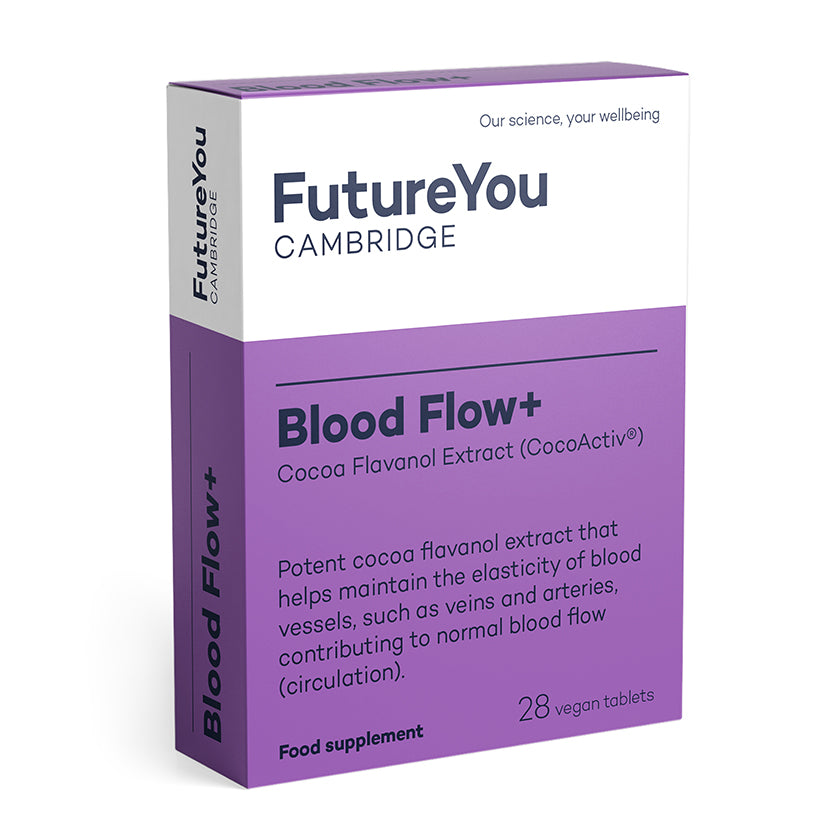
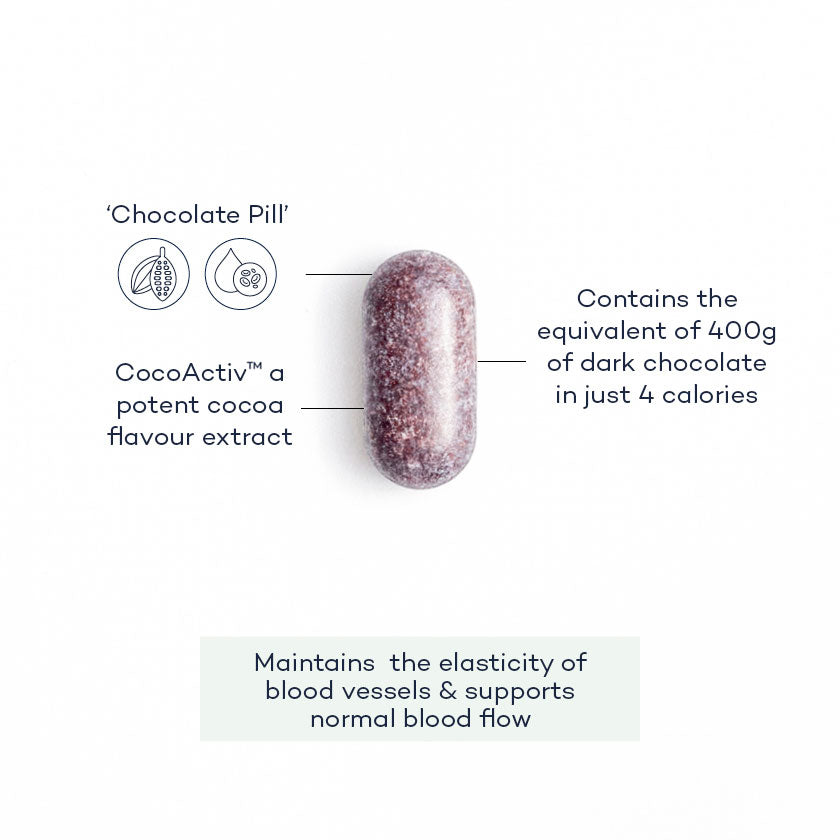
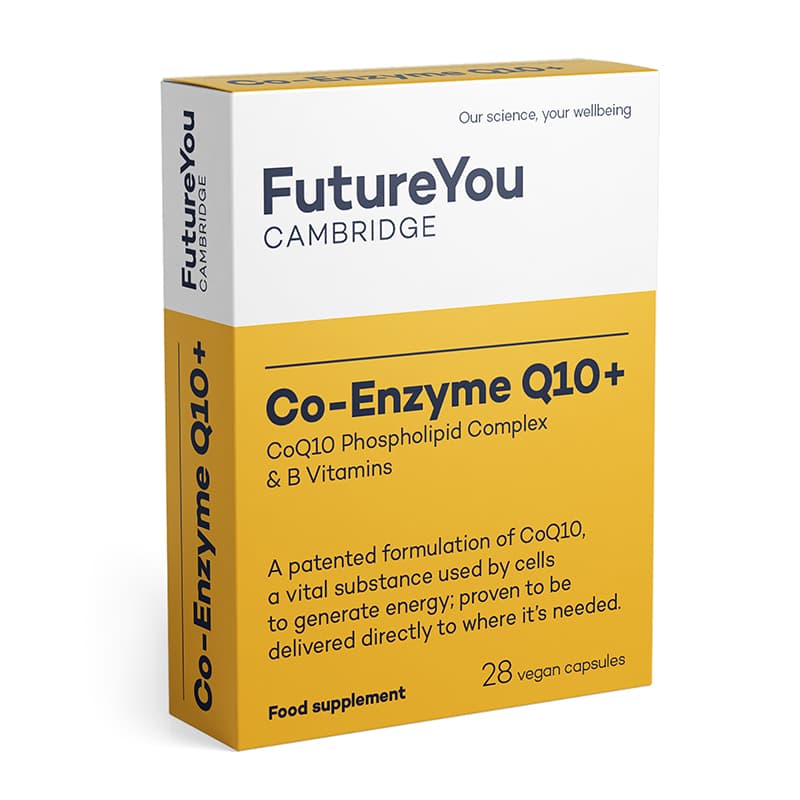
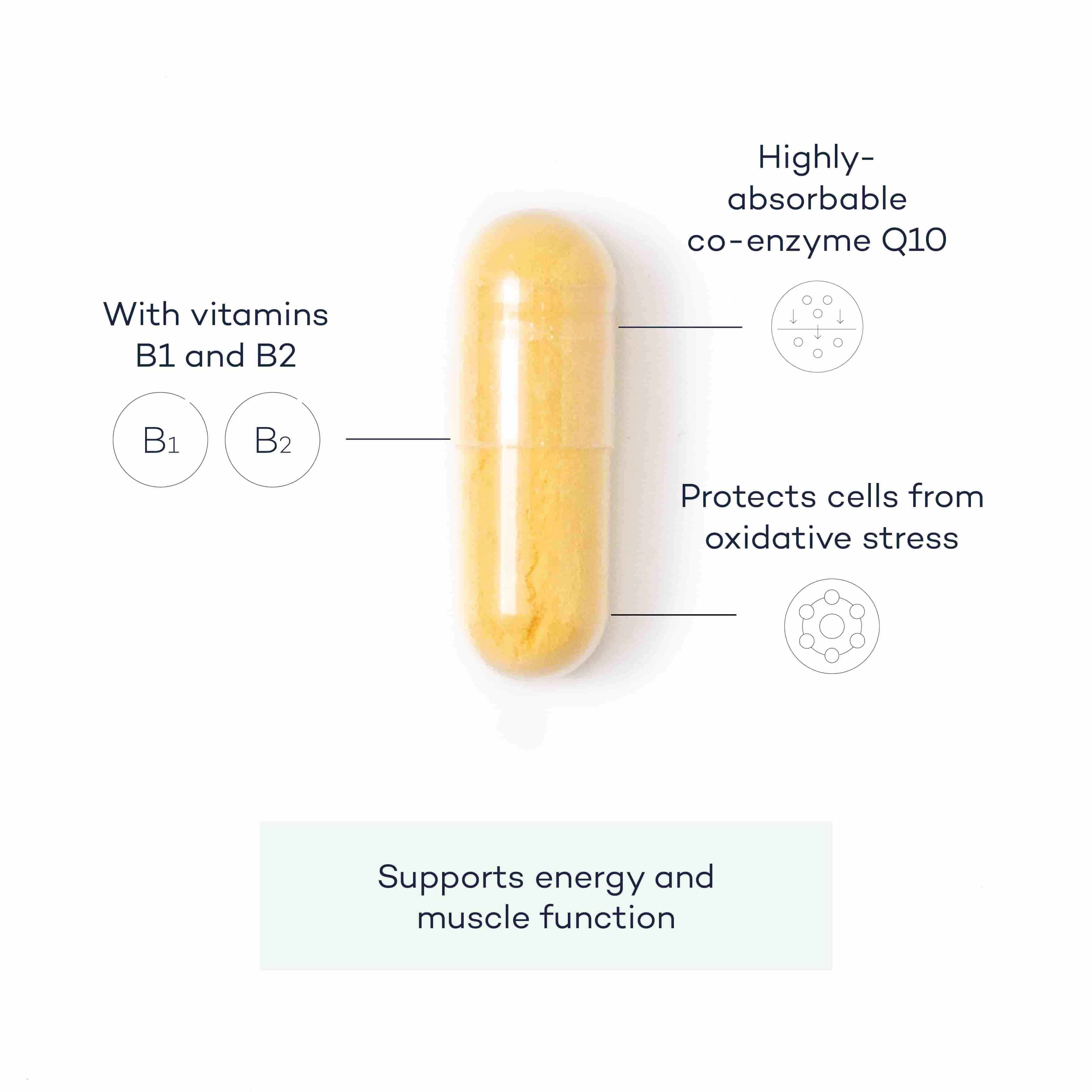
Leave a comment
All comments are moderated before being published.
This site is protected by hCaptcha and the hCaptcha Privacy Policy and Terms of Service apply.